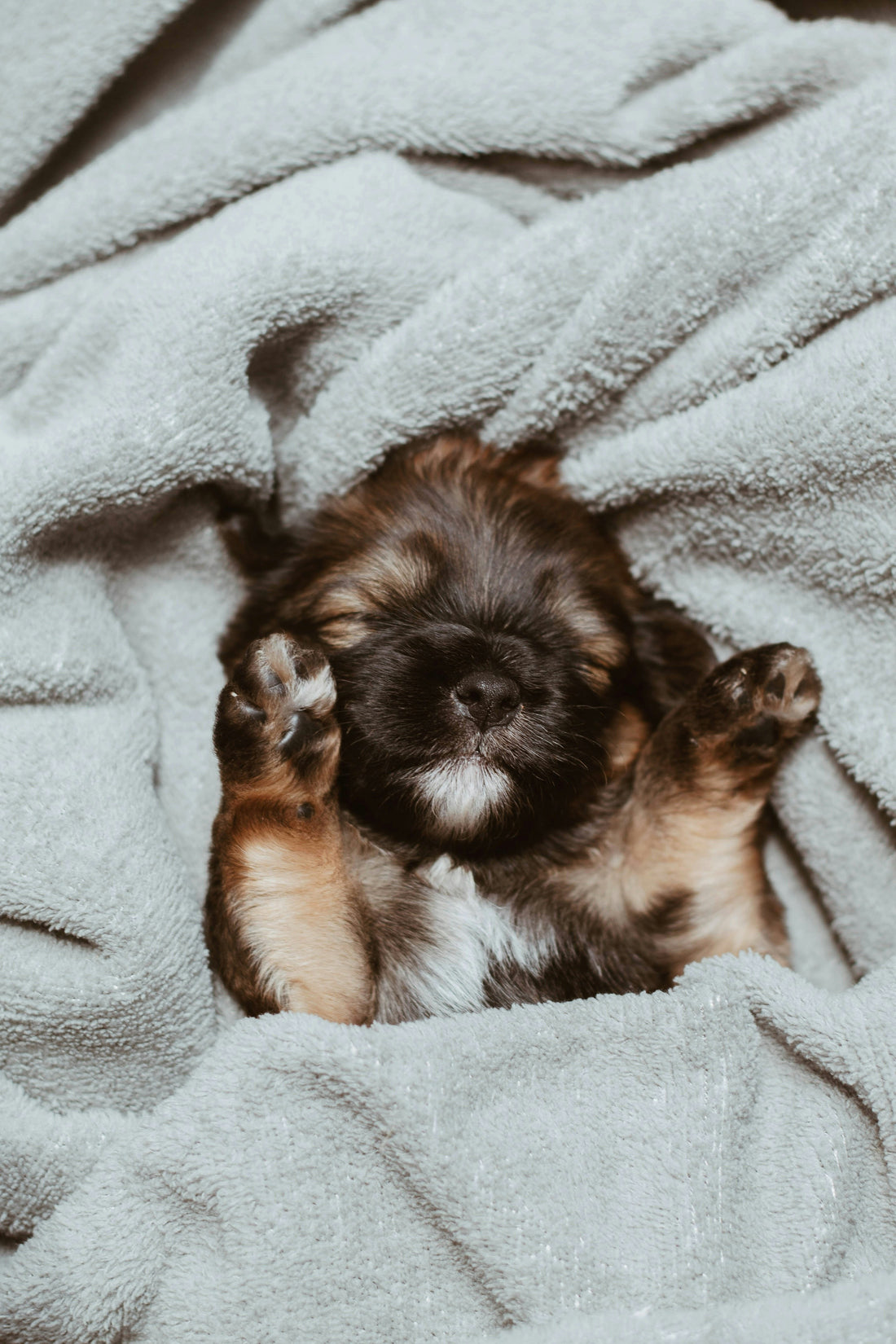Bringing home a new puppy is exciting, but it can also be a big adjustment for your current dog. It’s essential to make the introduction as smooth and stress-free as possible to ensure both dogs feel comfortable and happy. In this guide, we’ll walk you through the best ways to introduce a new puppy to your existing dog so they can build a strong bond and enjoy each other’s company.
- Prepare Ahead of Time
Before you bring your puppy home, set the stage for success:
Gather Supplies: Make sure both dogs have their own bowls, beds, toys, and space to help prevent any territorial behavior.
Check Health: Ensure your current dog’s vaccinations are up to date, and check with your vet to make sure your puppy is healthy and safe to interact with your older dog.
Create Neutral Spaces: Plan to introduce the dogs in a neutral environment, such as outdoors, where neither dog feels like they have to defend their territory.

- The First Meeting
The initial meeting sets the tone for their relationship, so take it slow:
Start in a Calm Environment: Choose a quiet, neutral spot, such as a backyard or park, where both dogs can sniff and observe each other.
Keep Both Dogs on a Leash: This allows you to control the situation and prevent any aggressive reactions while still giving them some freedom to explore.
Watch for Positive and Negative Signals: Look for signs of relaxed body language, such as wagging tails or sniffing. If either dog shows signs of fear, aggression, or stress (such as growling, stiff posture, or raised fur), gently separate them and try again later.

- Supervised Home Introduction
Once they’ve met in a neutral space, it’s time to bring the puppy home:
Give Each Dog Their Own Space: Set up a designated area for your puppy that’s separate from your current dog’s favorite spots. Let the puppy explore their new environment while your older dog watches from a safe distance.
Gradually Increase Interaction: Allow short, supervised interactions between the two dogs, and watch how they behave. If they seem comfortable, you can gradually extend these sessions.
Use Positive Reinforcement: Reward both dogs for good behavior during these introductions. Use treats and praise to reinforce calm, friendly interactions.

- Establish Boundaries
As your dogs begin to adjust to each other, it’s important to set clear boundaries:
Don’t Force Interaction: Let your dogs set the pace of their relationship. If your current dog wants space from the puppy, respect that and avoid forcing playtime.
Monitor Resource Guarding: Pay attention to how the dogs behave around food, toys, and their beds. If there’s any tension, feed them separately and remove toys until they’re more comfortable sharing.
Crate Training for the Puppy: Having a crate for the puppy can help provide a safe space and prevent overwhelming your older dog during the transition period.

- Encourage Play and Bonding
Once your dogs start getting along, it’s time to build their bond:
Supervised Playtime: Encourage healthy play, but always supervise the dogs closely to ensure things don’t escalate into roughhousing.
Walks Together: Take both dogs on walks side by side. Walking together can strengthen their bond by creating shared experiences.
Training Together: Doing basic obedience training with both dogs can help establish your leadership and encourage positive interactions between them.

- Be Patient
Adjusting to a new puppy can take time, so patience is key:
Respect Your Older Dog’s Feelings: It’s normal for your current dog to feel uncertain or even jealous at first. Give them extra attention to reassure them that they’re still loved and important.
Take Breaks: If things seem tense, give both dogs some time apart to relax. Short, positive interactions are better than long, stressful ones.
Celebrate Small Wins: Each positive step forward—whether it’s a shared nap or a play session—deserves to be celebrated. Over time, your dogs will likely become close companions.

Introducing a new puppy to your current dog takes time, patience, and planning, but with the right approach, you can help them form a strong bond. By following these steps and encouraging positive interactions, your home will soon be filled with double the love, wagging tails, and happy paws. Enjoy this exciting time with your growing furry family!

